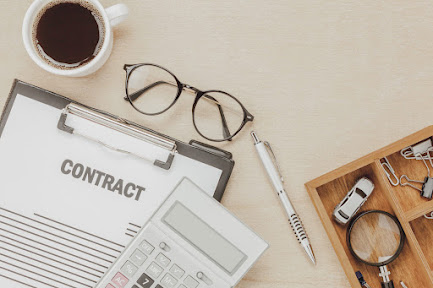How to Reduce Indoor Air Pollutants at Home
Indoor air pollution is a serious problem that affects all of us. When indoor air is contaminated by different chemicals, particles and substances, it becomes hazardous to human health. Houses with poor ventilation are especially susceptible to the harmful effects of air pollution.
Without proper ventilation, these pollutants cannot be removed from indoor air and there will not be any fresh air entering. In addition, high levels of humidity also bring about poor air quality. This is because humidity causes bacteria and mould to grow, therefore contaminating the indoor air. Luckily, you need not engage a Singapore aircon contractor to resolve this for you. In this next article, we look at more ways to reduce indoor air pollutants at home. Types of Indoor Air Pollutants Lead Lead may be present in higher levels in older homes that have not been recently renovated. It’s usually found in old paint, and when this paint is tinkered with, it can release lead dust. Even small and minute amounts of lead can have a detrimental impact. Volatile Organic Compounds (VOCs) VOCs are typically released from some types of solids and liquids. They stay in the surrounding air and can cause negative effects when breathed in. They’re also present in everyday products, from cleaning products to paints and pesticides. Some terms you might find familiar are acetone, formaldehyde and xylene. Ways to Reduce Indoor Air Pollutants Remove Carpets Love your fluffy and plush blanket? Here’s the bad news: Pollutants can settle into your carpet and remain there for a long period of time. You need to clean them as often as possible, as deeply as you can. Even if you do so, some of it can still remain behind, so it’s advisable to get rid of them instead. Change Air Filters Regularly Air filters do the hard work of filtering your air, but this also means that they’re prone to dirt accumulation as well. If you delay replacing your filters, you can put pressure and stress on your unit. The air filters will also no longer have any use. The indoor air pollutants will stay in your indoor space. Change your air filters often to avoid this scenario. Check Humidity Levels Humidity has a key part in maintaining healthy and balanced indoor air. Set a reminder to constantly check the humidity levels at home. You can use the dry mode to regulate the humidity levels to aid you. Avoid Smoking Indoors Feeling the need to light up? That cigarette you’re smoking can leave toxic smoke particles everywhere that won’t go away. Smoke also affects non-smokers in the form of second- and third-hand smoke, so bear this in mind if you have non-smoking people you care about living in the same space as you. Vacuum Frequently Vacuuming is a source of indoor air pollution, but you can turn this around by using suitable high-grade filters. Avoid vacuuming your space quickly because this can make the particles attached to the carpet’s surface escape into the air. You should also try to vacuum other pieces of furniture like the sofa and curtains that can potentially have pollutants.

Comments
Post a Comment